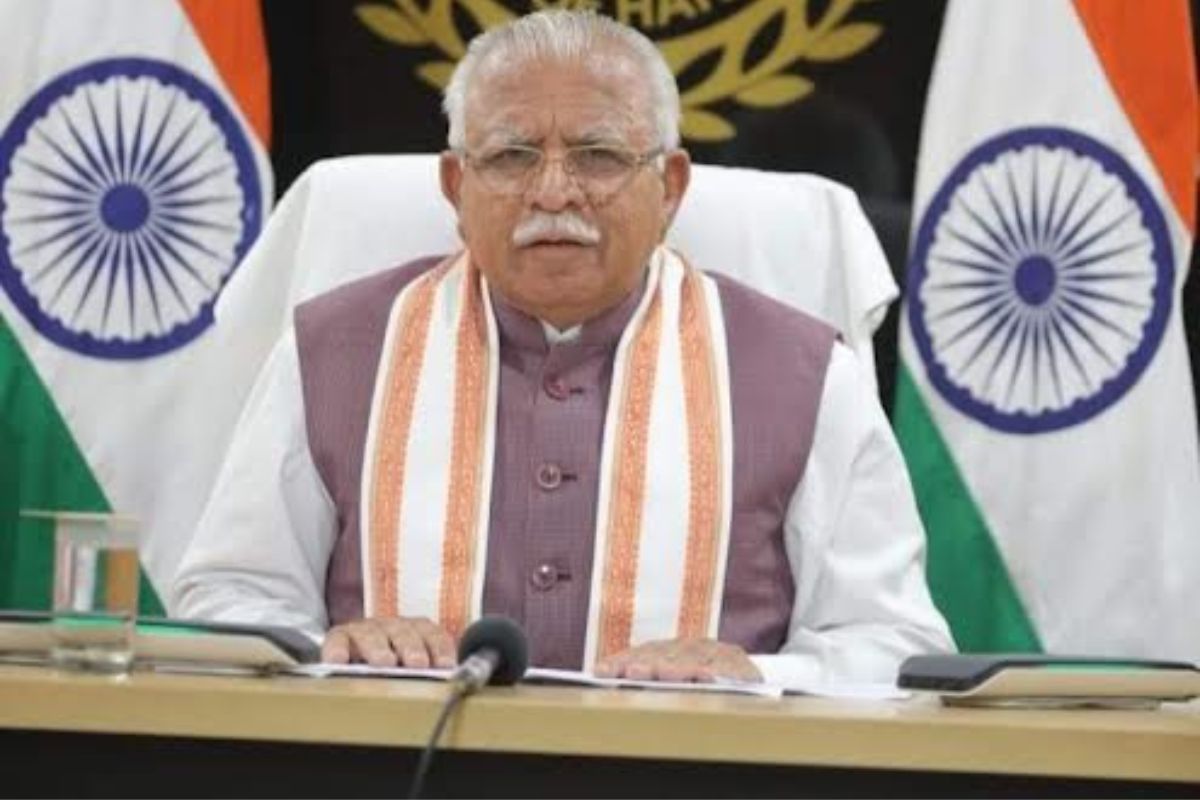India remains growth engine for global economy: PM Modi
The prime minister was speaking at the post-budget webinars on MSME, Manufacturing, Exports and Nuclear Energy Missions, Regulatory, Investment and Ease of Doing Business reforms.
Power is a critical component in achieving the goal of a developed India by 2047, and with the rising demand for electricity, it is essential to simultaneously increase power generation, Union Minister for Power, Manohar Lal said.

Union Minister of Power Manohar Lal Khattar
Power is a critical component in achieving the goal of a developed India by 2047, and with the rising demand for electricity, it is essential to simultaneously increase power generation, Union Minister for Power, Manohar Lal said.
Emphasizing India’s commitment to achieving carbon net-zero, the minister stated that the focus would remain on non-fossil-based energy sources. He also stressed the importance of enhancing storage capacity to ensure affordable and reliable power for everyone. The development came during a meeting of the Parliamentary Consultative Committee of the Members of Parliament for the Ministry of Power.
Advertisement
The meeting was held with the subject of “National Electricity Plan – Generation” and a presentation was given by Ghanshyam Prasad, Chairman CEA.
Advertisement
According to the National Electricity Plan (NEP), India’s electricity demand is projected to rise sharply to 366 GW by 2031-32, requiring an estimated investment of ₹14.54 lakh crore by 2027 to expand power generation capacity and modernize infrastructure. The projections were discussed during the meeting, and highlighted the need for large-scale investments to meet the growing energy needs of a rapidly developing economy.
“The peak demand and energy requirements are estimated to reach 277 GW and 1,908 billion units (BU) by 2027, and 366 GW and 2,474 BU by 2032,” the minister said. “The focus remains on scaling non-fossil energy sources while enhancing storage capacity to ensure affordable and reliable electricity for all.”
At the meeting, it was discussed that the total fund requirement for the period 2022-2027 is estimated to be Rs 14,54,188 Crores, which also includes the likely expenditure during 2022-27 for advance action for the projects expected to get commissioned during 2027-32. As per the NEP, the average emission factor is expected to reduce to 0.548 kg CO2/kWh in the year 2026-27 and to 0.430 kg CO2/kWh by the end of 2031-32.
The share of non-fossil-based capacity is likely to increase to 57.4% by the end of 2026-27 and may likely to further increase to 68.4% by the end of 2031- 32 from around 46.5% as on October 2024.
As per the current scenario, the installed Generation Capacity as on October 31, 2024 was 454.5 GW comprising of 243.1 GW thermal, 8.2 GW Nuclear, 203.2 Renewables including large hydro of 46.97 GW. The generation installed capacity achieved has grown at a CAGR of 5.97 % since 2014-15.
The gross generation from all the sources during the year 2023-24 was 1739 BU comprising of 1326 BU (76%) from thermal, 48 BU (3%) from Nuclear, 365 BU (21 %) from RE Sources which includes 169 (10.4 %) from Hydro.
Advertisement